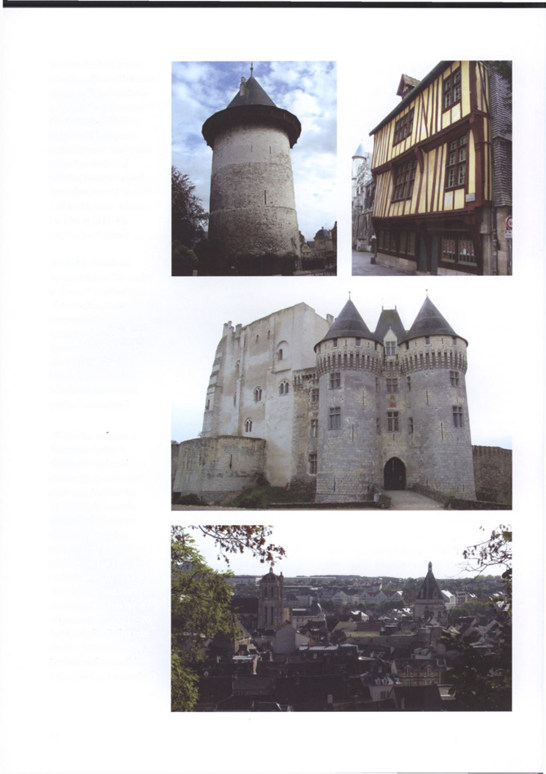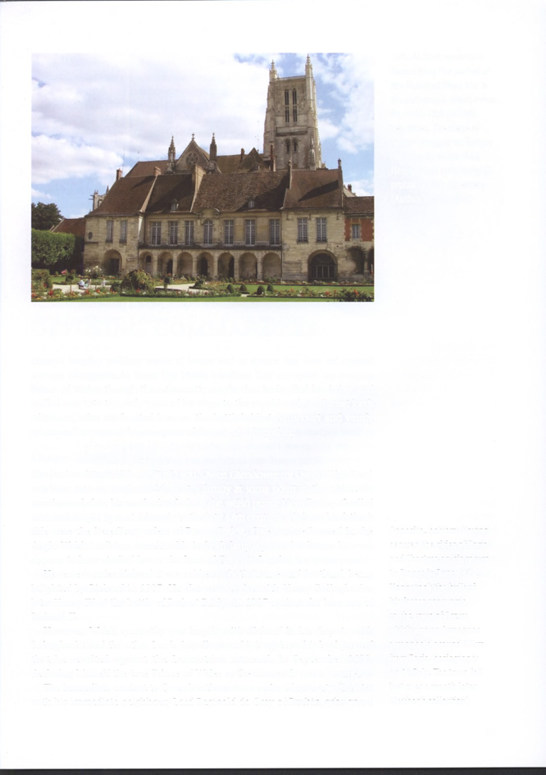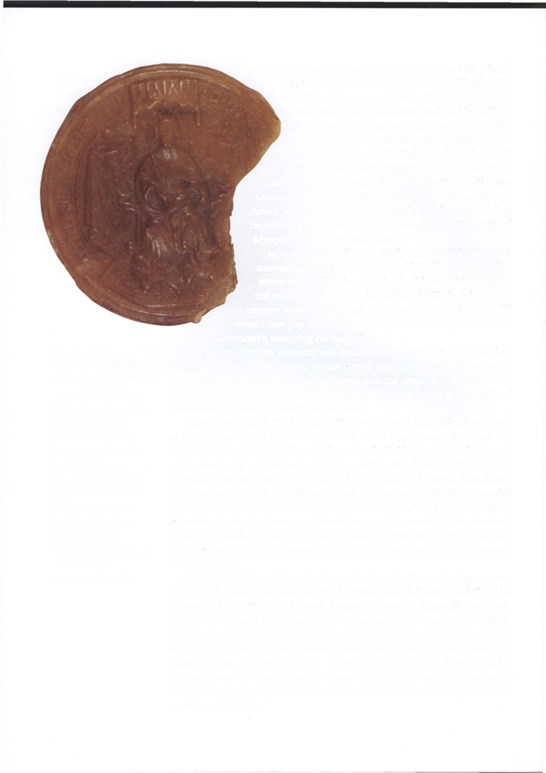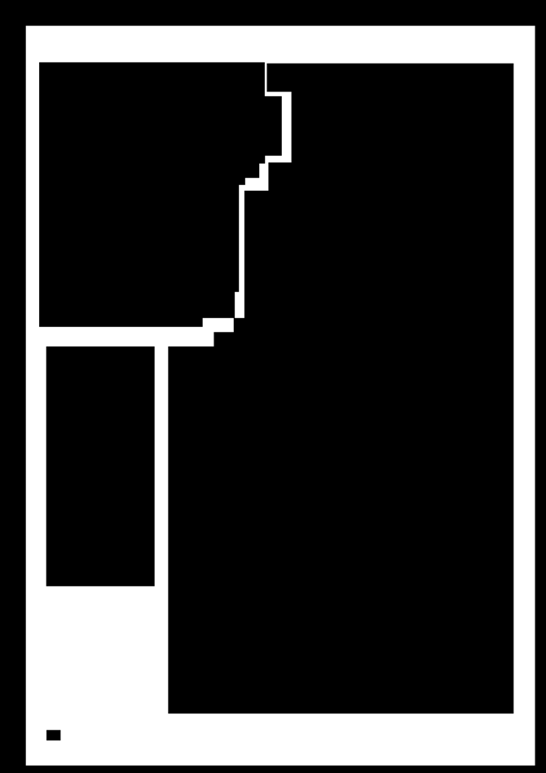Henry V: The Background, Strategies, Tactics and Battlefield Experiences of the Greatest Commanders of History Paperback (16 page)
Authors: Marcus Cowper
Tags: #Military History - Medieval

English campaigns in France, 1 4 2 1 - 2 2
before it could be fired, which left him only the market to deal with. Even Opposite: The capture of so it held out for a further two months while Henry moved his artillery ever Pont-de-l'Arche by Henry V
closer and closer. The inner fortifications finally surrendered on 10 May, on 20 July 1418 gave him with the Armagnac leaders being executed.
control of a major crossing
The siege of Meaux, as with many other of the sieges in Normandy, had over the Seine and meant
seen outbreaks of disease amongst both the defenders and attacking forces, that he was able to take his with dysentery being the principal culprit. On this occasion Henry also army into upper Normandy
became ill, and, although he attempted to carry on with his campaigns, by and towards the principal July he could not mount a horse and was compelled to abandon his attempt object of his campaign,
to relieve Cosne-sur-Loire. He returned to the royal castle at Bois-de-Vincennes Rouen. (Author's collection) to the east of Paris where, having arranged the care of his kingdoms of France
and England, as well as the upbringing of his infant son Henry (born on
6 December 1421), he died on the night of 31 August 1422. His body rested
in state at Saint-Denis and Rouen before being taken across the channel on
31 October, being buried in Westminster Abbey on 7 November 1422.
47


Top Left: The Tour Jeanne
d'Arc from the fortifications
of Rouen. This tower is the
only remaining structure of
Rouen Castle, which was
built by Philip Augustus
from 1204 and demolished
in the French Wars of
Religion in 1591. Legend
has it that Joan of Arc was
held in this tower prior to
her trial in 1430-31.
(Author's collection)
Top Right: A medieval
house in Rouen. The capital
and most important town
of the region, Rouen was
the target of Henry's 1418
campaign, and fell after a
six-month siege when the
city's supplies had been
long exhausted and no
relief force was in sight.
(Author's collection)
Middle: The chateau at
Nogent-le-Retrouin
the Perche region of
Normandy. Constructed
from the middle of the
11th century onwards,
the castle formed part
of the border region
of Normandy and was
captured by the English
under Edward III in 1359.
It is possible that Henry's
forces reached this far in
his campaigns of 1417-20,
but it only finally fell into
English hands following
the battle of Verneuilin
1424. (Author's collection)
48


Left: ALL that remains in
Meaux from the period of
the Hundred Years War is
the cathedraL, which dates
from the 12th to 16th
centuries. The siege of
Meaux dragged on for two
months, by which time
Henry V was terminaLLy ill,
probabLy with dysentery.
(Author's coLLection)
O P P O S I N G C O M M A N D E R S
Henry's lengthy military career at home and in France saw him set against
a range of opponents. From the Welsh rebellion that occupied his years as
Prince of Wales, though the aristocratic revolts that bedevilled his father and
spilled over into the early years of his reign to the royal family and great lords
of France, who confronted him on the battlefield at Agincourt and vainly
attempted to prevent his conquest of Normandy thereafter.
Owen Glendower
The leader of the Welsh revolt of 1400, Owen Glendower (or Owain Glyn Dwr)
was born into an Anglo-Welsh gentry family at some point in the 1350s. He
was descended on his mother's side from the welsh prince Llewellyn-ap-Graffyd
who had fought against Edward I in the late 13th century, while on his father's
side were the hereditary rulers of Powys Fadog. Owen was educated in the Opposite, bottom: Having
Anglo-Welsh tradition, comfortable in both languages and cultures; he even secured the cities of Paris appears to have studied law at the Inns of Court in London for seven years.
and Chartres on his return
He served under Richard II as a soldier in both France and Scotland, being to France in June 1421, knighted by Richard in 1387. He also saw service with Henry Bolingbroke, Henry took the bulk of
later Henry IV, at the battle of Radcot Bridge in 1387 against the interests of his forces eastwards Richard II.
to the town of Dreux,
However, Welsh sympathy was largely with Richard in his dispute with which was an Armagnac
Bolingbroke and the other Lords Appellant and it is against this background stronghoLd around 80km that he revolted against the Lancastrian monarch in September 1400, from Paris, besieging it
declaring himself the true Prince of Wales as the monarch was a usurper.
on 18 July. The town fell
The immediate context to Owen's actions was a series of property disputes just over a month Later.
with his immediate neighbour, Lord Reginald de Grey of Ruthin, who was a
(Author's coLLection)
49


close intimate of Henry IV. Grey summoned Glendower
late to a royal muster for the invasion of Scotland in
1400 and then accused him of treachery when he
failed to appear. Glendower retaliated by sacking
the town of Ruthin and plundering across the
marcher lands and into Shropshire. When Henry
IV returned from his Scottish expedition he found
Wales on fire with rebellion and undertook a
campaign to pacify the principality, outlawing
Glendower and seizing his estates. However, this campaign
failed to crush Glendower's revolt and he managed to
capture Conwy Castle in April 1401 and win the battle of
Mynydd Hyddgen in June 1401.
In the winter of 1401-02 he attacked Ruthin and
managed to capture Grey himself; he then managed to
defeat an English force under Sir Edmund Mortimer in
the summer of 1402 at the battle of Pilleth, taking him
captive as well. Although Grey was ransomed, Henry IV
would not pay for Mortimer and he eventually sided with
Glendower, marrying his daughter.
The seal of Owen
By 1403 the English presence was reduced to isolated fortresses, but they
Glendower, showing the
were beginning to fight back. Prince Henry managed to sack Glendower's
Welsh lord sitting under
properties at Sycharth and Glyndyvrdwy and his defeat at Carmathen on
a canopy and holding a
12 July meant that he was unable to join up with the Percys at the battle of
sceptre. The only surviving
Shrewsbury, where their revolt was crushed.
copy of this seal was
Despite this setback, the fortunes of the Welsh revolt under Glendower were
attached to the treaty
at their highest point in 1404 when, with active French support, Glendower
between Glendower and
was able to capture Harlech and Aberystwyth, holding court at the former
Charles VI of France,
and announcing a parliament and reform of the church and political system
signed in 1404, and the
in Wales. The year 1405 was to see a further alliance between Glendower,
text around the outside
Mortimer and the Earl of Northumberland, who are supposed to have intended
most probably reads:
to divide the country between the three of them in the 'triple indenture'.
'OWEINUS DEI GRATIA
However, despite the presence of French forces in the country - who advanced
PRINCEPS WALLIAE',
as far as Worcester - 1405 was to see a number of setbacks for the revolt, with
'Owen by the grace of god,
Prince Henry achieving successes in the field and Northumberland's conspiracy
Prince of Wales'.